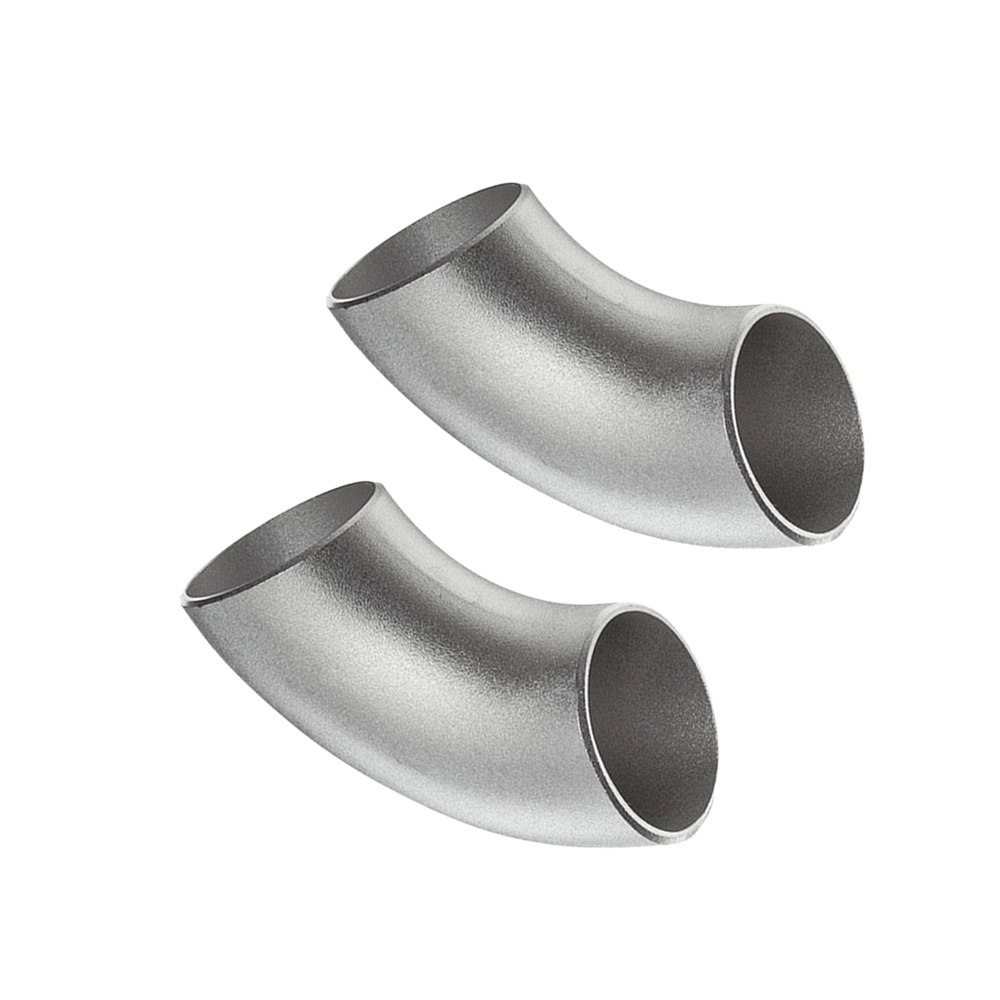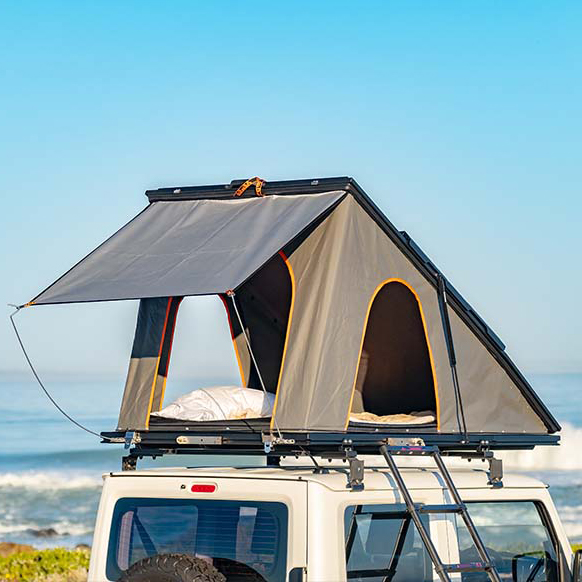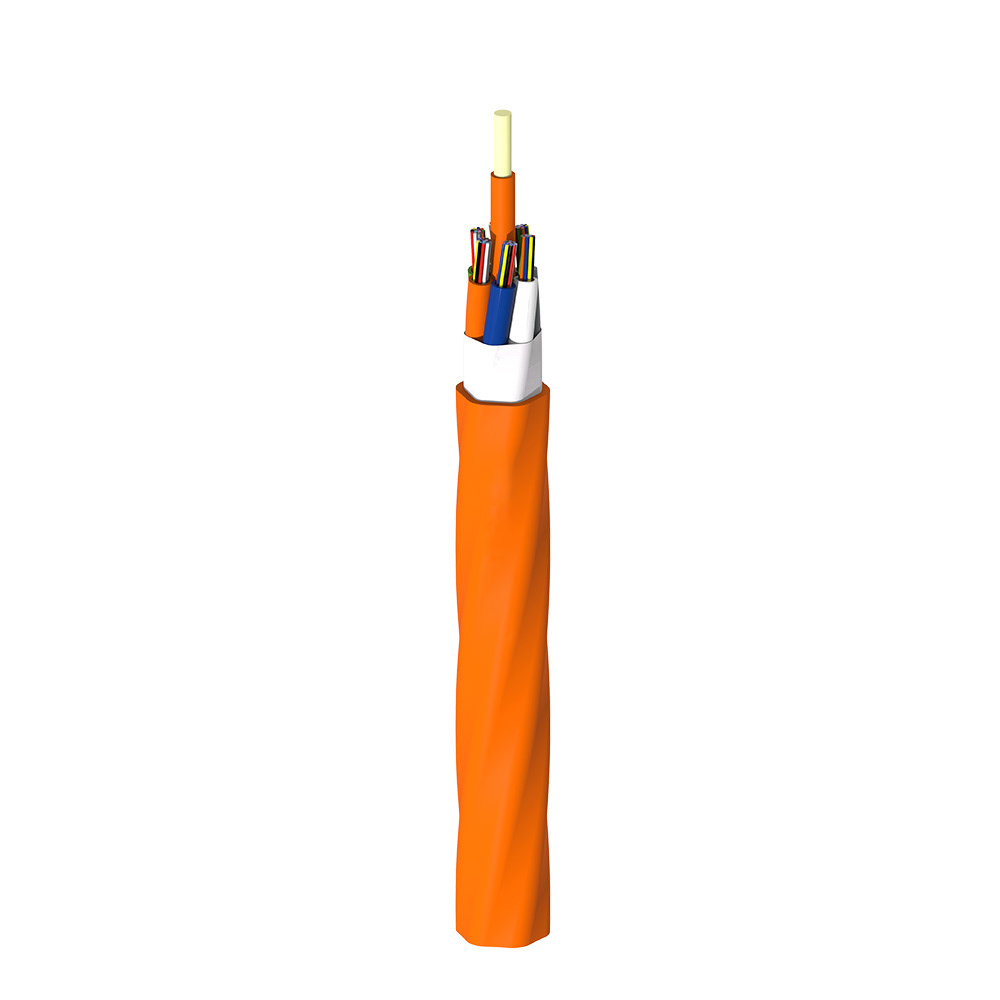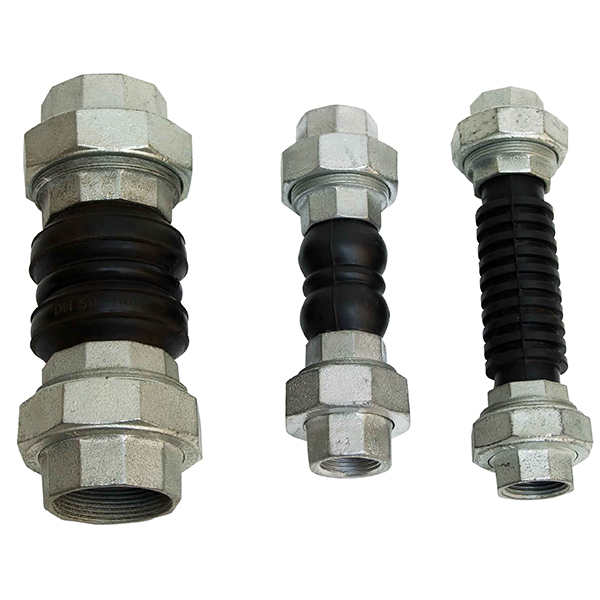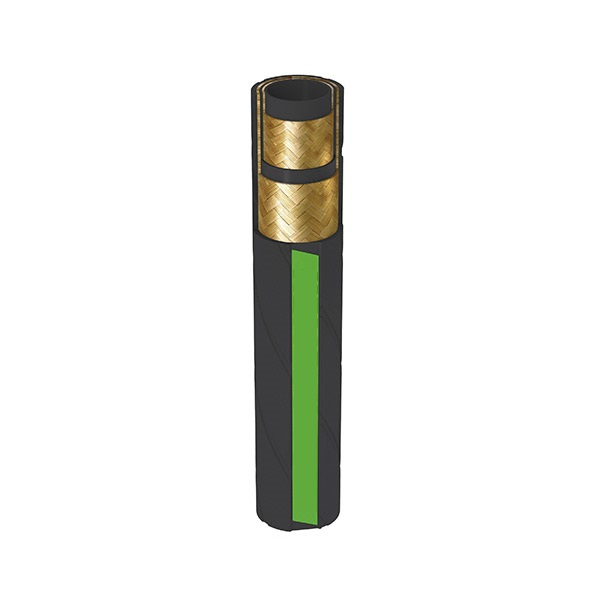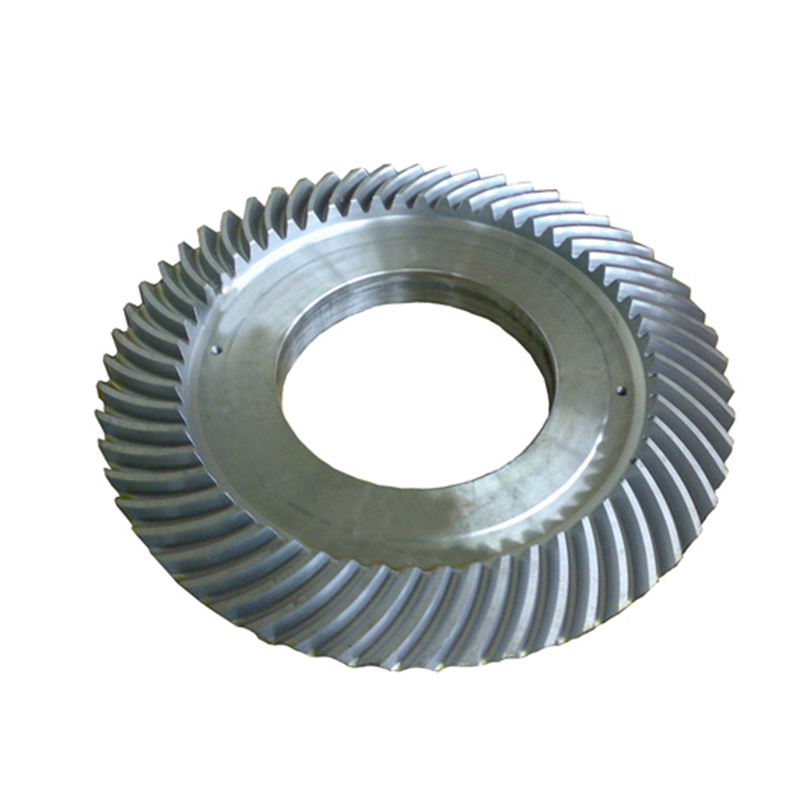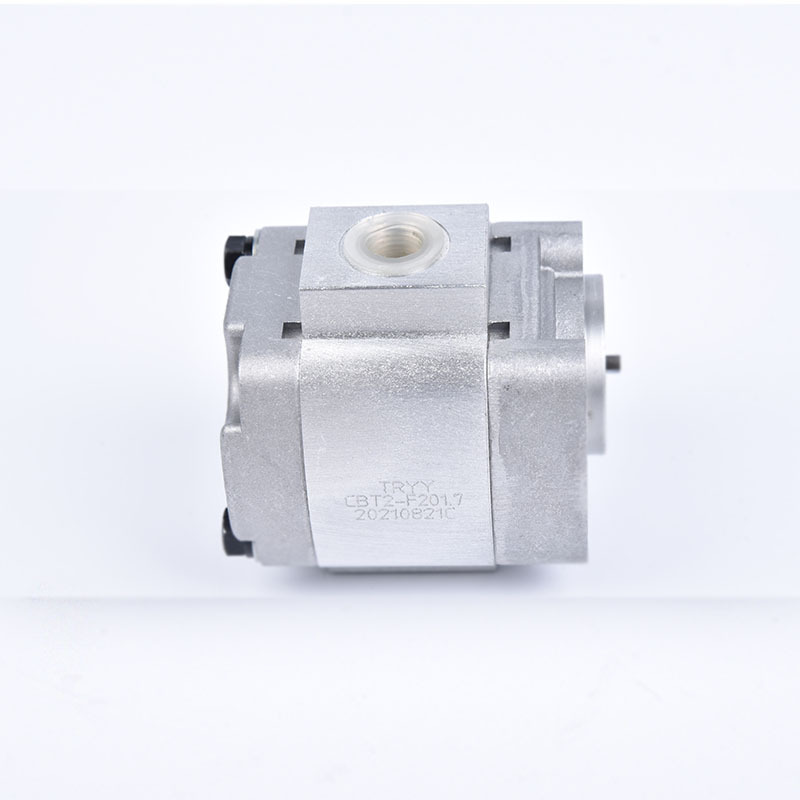304 304L 321 316 316L stainless steel 90 degree butt weld pipe elbow
PRODUCT PARAMETERS
| Product Name | Pipe elbow |
| Size | 1/2″-36″ seamless, 6″-110″ welded with seam |
| Standard | ANSI B16.9, EN10253-4, DIN2605, GOST17375-2001, JIS B2313, MSS SP 75,non-standard, etc. |
| Wall thickness | SCH5S, SCH10, SCH10S ,STD, XS, SCH40S, SCH80S, SCH20, SCH30, SCH40, SCH60, SCH80, SCH160, XXS ,customized and etc. |
| Degree | 30° 45° 60° 90° 180°,customized , etc |
| Radius | LR/long radius/R=1.5D,SR/Short radius/R=1D or customized |
| End | Bevel end/BE/buttweld |
| Surface | pickled, sand rolling, polished, mirror polishing and etc. |
| Material | Stainless steel: A403 WP304/304L, A403 WP316/316L, A403 WP321, A403 WP310S, A403 WP347H, A403 WP316Ti, A403 WP317, 904L,1.4301,1.4307,1.4401,1.4571,1.4541, 254Mo and etc. |
| Duplex stainless steel: UNS31803, SAF2205, UNS32205, UNS31500, UNS32750 , UNS32760, 1.4462,1.4410,1.4501 and etc. | |
| Nickel alloy: inconel600, inconel625, inconel690, incoloy800, incoloy 825, incoloy 800H, C22, C-276,Monel400, Alloy20 etc. | |
| Application | Petrochemical industry;aviation and aerospace industry;pharmaceutical industry,gas exhaust; power plant;ship building; water treatment, etc. |
| Advantages | ready stock,faster delivery time;available in all sizes,customized;high quality |
WHITE STEEL PIPE ELBOW
White Steel elbow includes stainless steel elbow(ss elbow), super duplex stainless elbow and nickel alloy steel elbow.
ELBOW TYPE
Elbow could be ranged from direction angle, connection types, length and radius, material types, equal elbow or reducing elbow.
45/60/90/180 Degree Elbow
As we know, according to fluid direction of the pipelines, elbow can be divided into different degrees, such as 45 degree, 90 degree,180 degree, which are most common degrees. Also there has 60 degree and 120 degree, for some special pipelines.
What is Elbow Radius
The elbow radius mean curvature radius. If the radius is the same as pipe diameter, it called short radius elbow, also called SR elbow, normally for low pressure and low speed pipelines.
If the radius is larger than pipe diameter, R ≥ 1.5 Diameter, then we call it a long radius elbow (LR Elbow), applied for high pressure and high flow rate pipelines.
Classification by Material
Let us introduce some competitive materials we offer here:
Stainless steel elbow: Sus 304 sch10 elbow, 316L 304 Elbow 90 degree long radius elbow, 904L short elbow
Alloy steel elbow: Hastelloy C 276 Elbow, alloy 20 short elbow
Super duplex steel elbow:Uns31803 Duplex Stainless Steel 180 Degree Elbow
DETAILED PHOTOS
1. Bevel end as per ANSI B16.25.
2. Rough polish first before sand rolling, then the surface will be much smooth.
3. Without lamination and cracks.
4. Without any weld repairs.
5. Surface treatment can be pickled, sand rolling, matt finished, mirror polished. For sure, the price is different. For your reference, sand rolling surface is the most popular. The price for sand roll is suitable for most clients.
INSPECTION
1. Dimension measurements, all within standard tolerance.
2. Thickness tolerance:+/-12.5% , or on your request.
3. PMI
4. PT, UT,X-ray test
5. Accept Third party inspection.
6. Supply MTC, EN10204 3.1/3.2 certificate, NACE.
7. ASTM A262 practice E
MARKING
Various marking work can be on your request. We accept mark your LOGO.
PACKAGING & SHIPPING
1. Packed by plywood case or plywood pallet as per ISPM15.
2. we will put packing list on each package.
3. we will put shipping markings on each package. Markings words are on your request.
4. All woodpackage materials are fumigation free.
Frequently Asked Questions:
1. What is the difference between 304 and 304L stainless steel?
- 304 stainless steel contains higher levels of chromium and nickel than 304L. This makes 304L more resistant to corrosion, especially where welding is involved.
2. What are the main properties of 321 stainless steel?
- 321 stainless steel has excellent high temperature resistance, up to 1500°F (816°C). It also has good creep and stress rupture properties, making it suitable for applications where high temperatures are encountered.
3. Can 316 stainless steel be used in marine environments?
- Yes, 316 stainless steel is widely used in marine applications due to its excellent corrosion resistance, especially to salt water and various chemicals commonly found in marine environments.
4. What is the difference between 316L stainless steel and 316?
- The carbon content of 316L stainless steel is lower than that of 316, which enhances its welding ability and eliminates the risk of carbide precipitation during the welding process. This makes 316L ideal for applications requiring welding.
5. What is the significance of “90-degree butt welded pipe elbow”?
- 90 degree butt weld elbow is a pipe fitting used to change the direction of fluid flow at a right angle. It is designed to be welded directly to pipes, creating a strong and leak-proof connection.
6. What are the benefits of using stainless steel elbows?
- Stainless steel elbow has excellent corrosion resistance, high strength and durability. They also provide smooth flow paths for fluids and are resistant to high temperatures, making them suitable for use in a variety of industries.
7. Can stainless steel elbows be used for both gas and liquid applications?
- Yes, stainless steel elbows are available for gas and liquid applications. Stainless steel is versatile and can handle a variety of fluids, including gases, liquids and corrosives.
8. What is the common size range of stainless steel pipe elbows?
- Common size ranges for stainless steel elbows vary based on specific applications and industry requirements. However, typical sizes for these elbows range from 1/2 inch to 24 inches in diameter.
9. Are stainless steel elbows suitable for high pressure applications?
- Yes, stainless steel elbows are often used in high pressure applications due to their superior strength and corrosion resistance. However, the correct choice of elbow wall thickness and material grade is critical to ensuring safe operation under high pressures.
10. Can 90-degree butt welding elbow be used in a small space?
- Yes, 90 degree butt weld elbows can be used in tight spaces as they can change direction without the need for additional fittings. However, it is important to consider the available clearance for installation and maintenance purposes.
